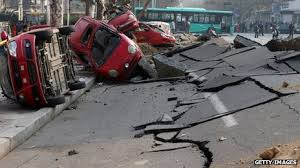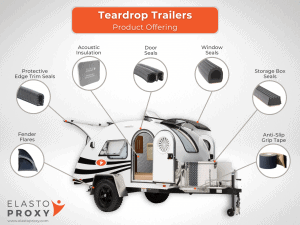
Clyde Sharpe
President of International Sales
Qingdao is a bustling seaport that overlooks the Yellow Sea. Named China’s most livable city in 2009, this coastal community in Shandong Province is home to nearly 9 million inhabitants and the world’s longest sea bridge. The name Qingdao, a combination of the Chinese words for “green” or “lush” and “island”, delights visitors who appreciate the city’s combination of historic stone buildings and modern skyscrapers. Today, however, Qingdao is also known for something else.
Last month, a pair of petroleum pipeline explosions in Qingdao injured 136 and claimed the lives of 52. Oil from the pipeline, which is owned by the Sinopec Group, contaminated 3,000 square meters of water and forced the evacuation of 18,000 residents. As on-line photographs show, the blasts reduced roads to rubble and shattered windows in residential buildings. The Qingdao incident is one of China’s worst industrial accidents this year, and reminiscent of Canada’s own Lac-Mégantic Disaster.
Rail Safety and Pipeline Safety
What do these petroleum-related disasters have in common, and how are they different? First, there’s the method of transportation to consider. As you may recall, disaster struck Lac-Mégantic last summer when an unattended freight train with 72 tanker cars of crude oil derailed. Explosions rocked the quiet lakeside community, claiming the lives of 47 and injuring many more. Oil spilled into the Chaudière River, requiring the removal of 43 million liters of oil water so far.
Elasto Proxy has followed the Lac-Mégantic disaster closely, and shared information we hope might help. In our blog on CR4: The Engineer’s Place for News and Discussion, we asked if rubber bladders could enhance rail safety by containing oil spills. Crashworthy, self-sealing bladders that can withstand high temperatures are in use today, both on aircraft and in motorsports. Are there existing rubber-related technologies that could promote pipeline safety? We’d like to know, and ask for your assistance.
Cheddar or Swiss?
Analyzing the Quingdao and Lac-Mégantic disasters isn’t just a matter of comparing rail shipments to pipelines, however. In each incident, what was the role (if any) of human error, technical failure, and a lack of regulatory oversight? This isn’t about playing the “blame game”. It’s about helping to find sealing solutions that account for these factors. James Reason, a safety theorist from the U.K., explains as much in his “Swiss cheese model”, a favorite of NASA scientists.
According to Reason, safety measures are like slices of cheese. When safety-related technologies are sound and proper procedures are followed, the “slices” are like cheddar – solid and impermeable. If technologies fail, standards slip, and employees (and inspectors) become complacent, then the slices become like Swiss cheese – full of holes through which mistakes can pass. Tragically, these “slices” change from cheddar to Swiss all too often, ruining the recipe for safe transportation.
Join the Conversation
What’s the safest way to transport oil? Is there an acceptable failure rate for petroleum shipments? Are oil spills an inevitable part of our modern, industrial economy? Have you heard of existing or emerging technologies, especially ones that involve rubber, which could promote rail safety or pipeline safety? We’ve shared our thoughts with you, and would certainly welcome yours.
Look for my post with a link to this blog entry on LinkedIn, Facebook, Google+, and Twitter. Elasto Proxy has pages on all of these social media websites, so all that’s missing is you. I also hope you’ll subscribe to our free e-newsletters, as well. They’re a great source of information delivered right to your email inbox, and provide links to blog entries like this one.










